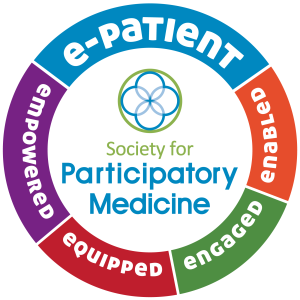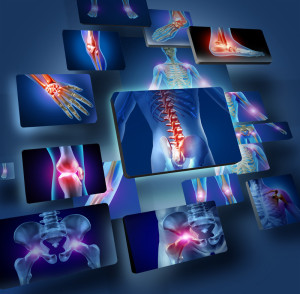I’ve heard it said that when you share your personal goals with others, you are more apt to meet them. Something about accountability. I believe it.
About 8 weeks ago, I wrote “New year, new health goals, new tools” describing the excitement in our house about our new Fitbit devices and how we were motivated and ready to up our game in 2022. Happy to report that my husband and I have not lost our motivation and are still comparing our stats most days.
I’m averaging close to 13,000 steps or 6 miles a day. I seem to blow past the weekly zone minutes goal by Wednesday most weeks. All good!
But I’ve had a lot of ah-ha’s on my sleep patterns. I thought that I slept much better than I do. The sleep tracker data has helped me make some modifications. I love actionable data!
We plan to join the YMCA near us to get back doing weights, add more serious cardio than the long hilly walks where we live and to check out the various classes. We dropped our previous gym membership at the start of the pandemic 2 years ago. It’s time to go back.
While we have better routines for getting daily exercise, we know we can’t be slaves to our devices. But I admit, there are days when we get the little notification buzz on our wrist at 10 minutes to the hour reminding us that we don’t have 250 steps yet (happens hourly from 9AM – 6PM). We jump up and walk around the house until we hit it. A great reminder to get up and move – especially if I have too many back-to-back calls sitting at my desk. Continue reading





